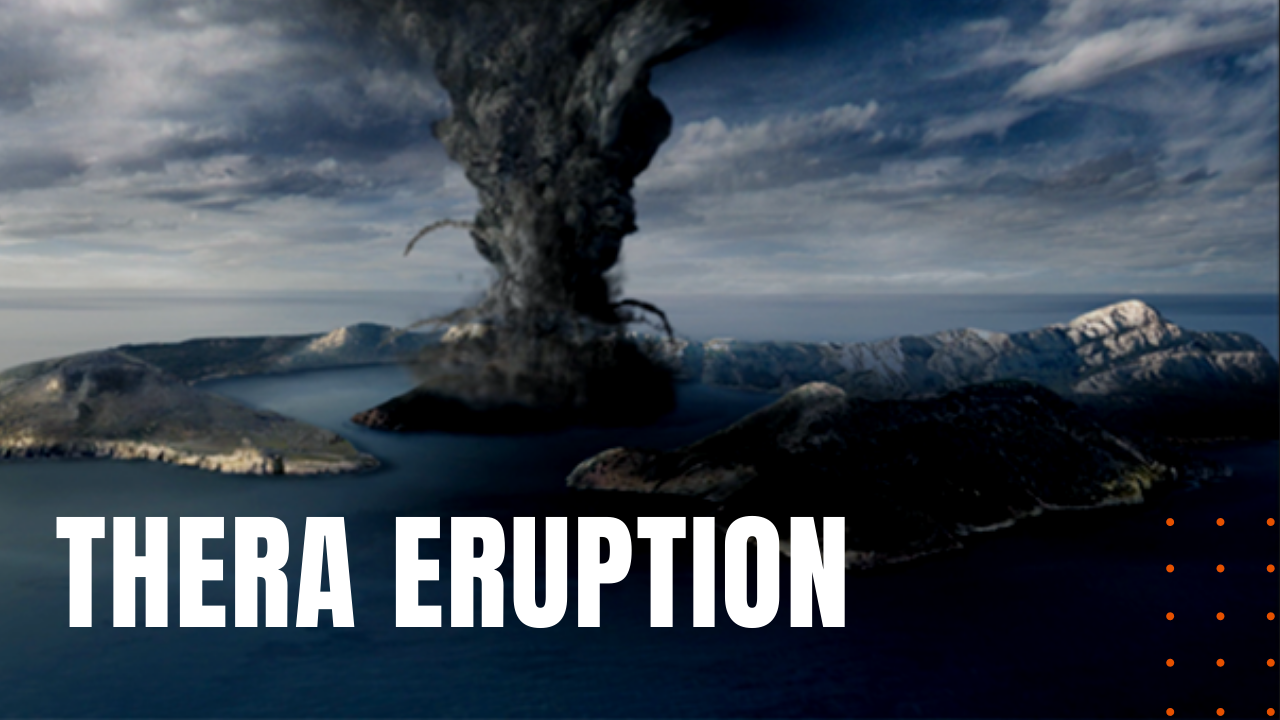Thera Eruption: Minoan Civilization Devastated By Volcano

The precise date of the Minoan eruption has been fiercely debated for decades by archaeologists and geologists, and while most academics place the event around 1600 BCE, the Minoan eruption at Thera is thought to be in a magnitude of 7 on the Richter scale, which decimated the Minoan settlement at Akrotira, as well as communities and agricultural areas on nearby islands and the northern coast of Crete.
Thera Eruption Theories
Thought to be four times the strength of the well-documented 1883 eruption of Krakatoa, the Minoan eruption at present-day Santorini is widely believed to be one of the largest volcanic events in human history. Although there are no clear records of the eruption, its plume may have been described in the Egyptian Tempest Stele, while the ensuing volcanic winter coincides with a cold snap described in the Chinese Bamboo Annals.
Adding to the historic magnitude of the eruption, geologist Barbara J. Sivertsen has further sought to establish a link between the Minoan eruption and the biblical Exodus of the Israelites from Egypt.
Geologic History of Thera Volcano
Geological evidence shows that the Thera volcano erupted numerous times over several hundred thousand years before the catastrophic Minoan eruption of 1600 BCE.
In a recurring process, the volcano would erupt violently before collapsing into a roughly circular seawater-filled caldera, with numerous small islands forming in a circle around the primary vent. The caldera would slowly refill with magma, building up a new dome until the next eruption started the cycle over again.
Thera’s Devastating Eruption
When the main volcanic eruption finally occurred, it hurled ash and magma 20 miles high into the stratosphere, at the same time creating a tsunami with an estimated wave height of 115 to 492 feet, which decimated the northern coastline of crete.
The dramatic western coastline of Santorini was created when the island split in two during the primary blast. Greek folklore has perpetuated the story that the Minoans living on Thera departed the island in a flotilla of oceangoing vessels when the frequency of earthquakes began to intensify, making their way to nearby Crete before celebrating their salvation by the time the main eruption finally occurred.
Sadly, however, none of the celebrants possessed knowledge of the association of earthquakes and tsunamis, and when the wave crashed ashore on the northern coast of Crete, all the survivors were drowned in a watery death, before their bodies were washed out to sea.
